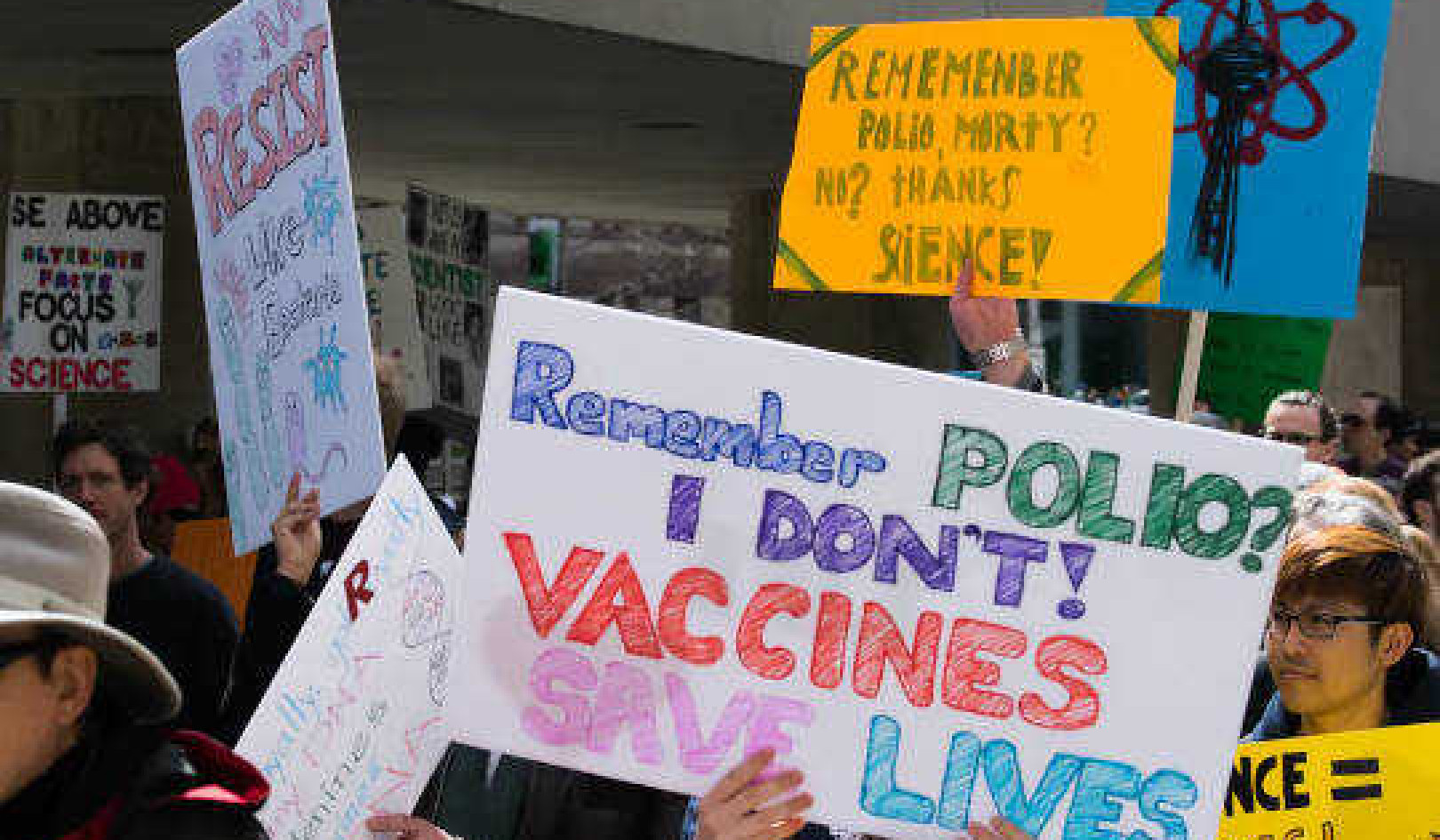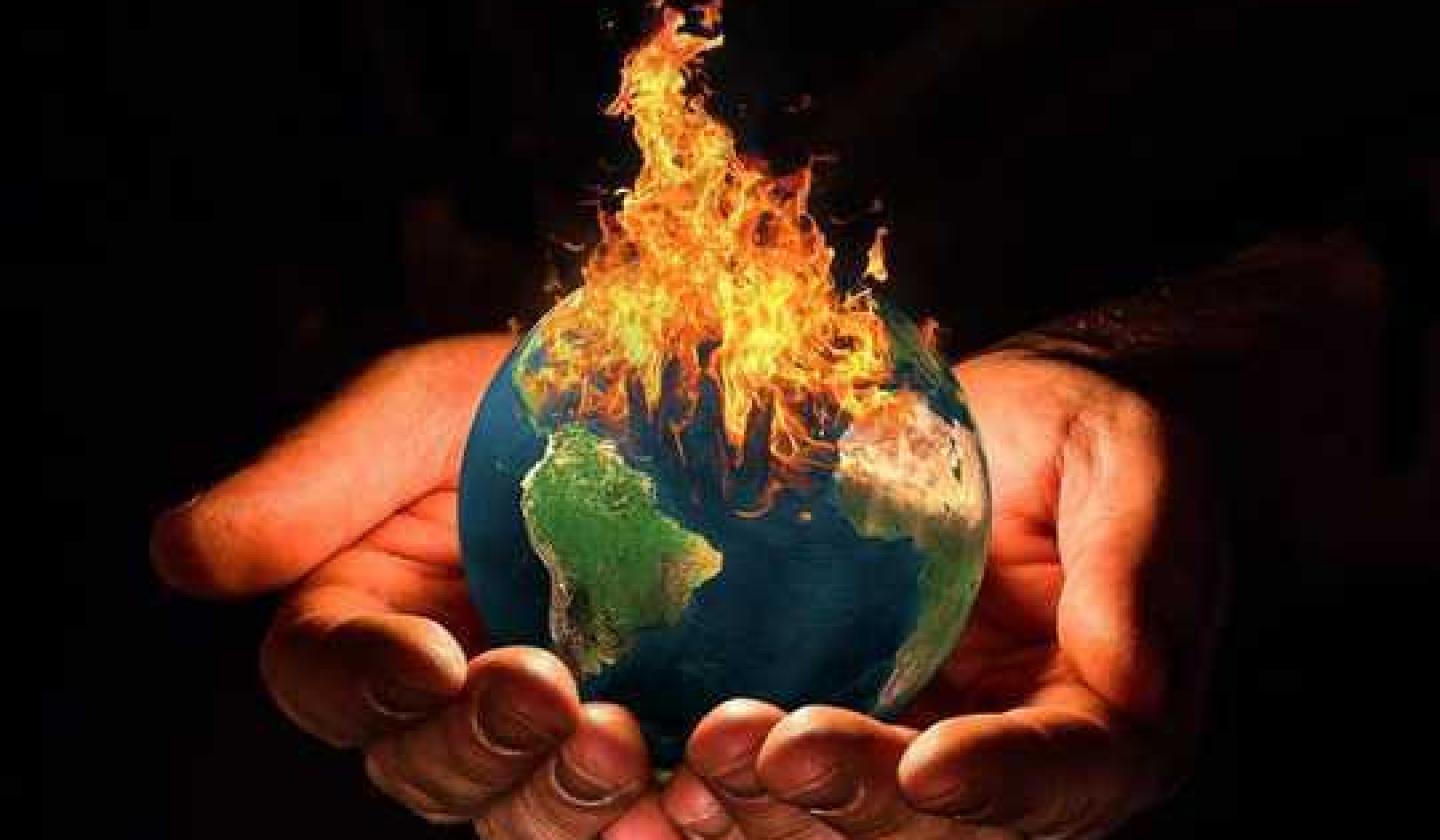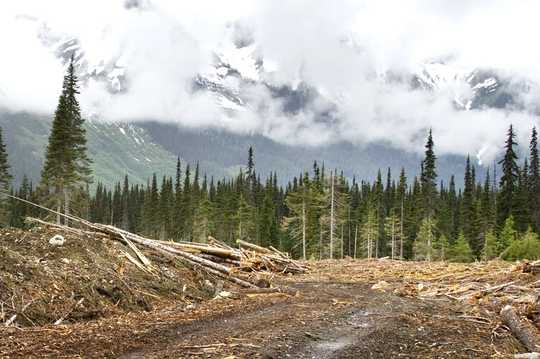 Forests around the world are changing, affecting unique biodiversity. Malkolm Boothroyd, Author provided
Forests around the world are changing, affecting unique biodiversity. Malkolm Boothroyd, Author provided
The Earth’s forests have been changing ever since the first tree took root. For 360 million years, trees have grown and been felled through a dynamic mix of hurricanes, fires and natural regeneration. But with the dawn of the 17th century, humans began replacing large swathes of forest with farms and cities.
The global pace of deforestation has slowed in the 21st century, but forests are still disappearing – albeit at different rates in different parts of the world. Boreal forests, which grow in the far north of the world and across vast areas of Canada and Russia, are expanding further north as the climate warms, turning tundra into new woodland. Many temperate forests, like those in Europe, saw their greatest destruction centuries ago. But in the tropics, forest loss is accelerating in previously pristine wilderness.
As forest cover has fluctuated over time, the biodiversity within forests has changed too. Forests support around 80% of all species living on land, but the species we see on our woodland walks today are likely to be different from those people saw in the past. Many species, such as the Alpine longhorn beetle, survive in intact old-growth forests, while species like the red fox have managed to thrive in areas with higher human impact.
We wanted to know how changes in biodiversity worldwide are linked to changes in the world’s forests, but this was always difficult, as the effects of forest loss vary from one place to the next. How biodiversity shifts over time following forest loss hadn’t been explored across the globe – until now.
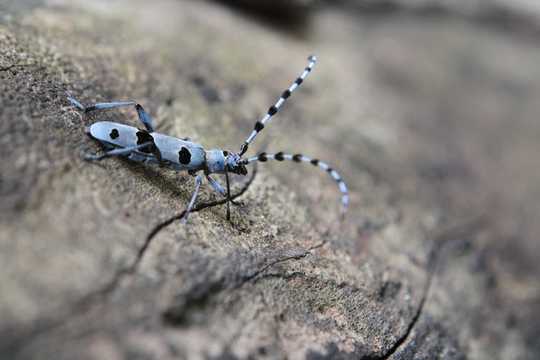 The Alpine longhorn beetle persists in old-growth forests across continental Europe. Gergana Daskalova, Author provided
The Alpine longhorn beetle persists in old-growth forests across continental Europe. Gergana Daskalova, Author provided
Diverse responses
In our new paper, we matched estimates of forest loss throughout history with records of the numbers and types of plants and animals monitored each year by scientists around the world.
Harnessing over five million records across 150 years at over 6,000 locations, we were surprised to find that forest loss didn’t always lead to declines in biodiversity. Instead, when forest cover declined, changes in biodiversity intensified, with increases in the abundance of some species and decreases in others. The composition of forest life – the different types of species present – was altered too. The rate at which these changes happened in each location accelerated as forest cover shrank.
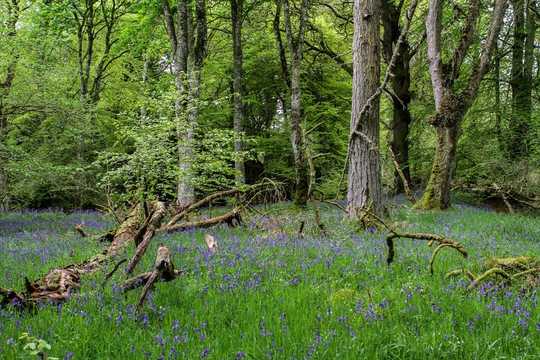 Researchers concluded that deforestation doesn’t cause uniform declines in biodiversity. Gergana Daskalova, Author provided
Researchers concluded that deforestation doesn’t cause uniform declines in biodiversity. Gergana Daskalova, Author provided
The effects of forest loss were not uniform in all places. The loss of the same sized patch of forest led to biodiversity declines in one area and increases in another. Knowing the history of a particular place was important for understanding this variation. Whether or not forest loss of that magnitude had occurred at that location in the past usually determined what happened in the present. Once pristine forests saw biodiversity declines and historically disturbed forests often experienced no change or even saw increases in biodiversity.
When forests were lost in previously pristine wilderness, we found declines in the abundance of animals like swift parrots in Australia, tigers in Russia and capercaillies (a type of grouse) in Spain. These species only tend to thrive in ancient and lightly disturbed forest habitats.
The species that we discovered increasing in abundance after forest loss included white storks, Eurasian skylarks, red deer and red foxes – species which have evolved alongside disturbance and are more adaptable.
{vembed V=430310639}
Delayed effects
Changes in biodiversity didn’t always immediately follow forest loss. We discovered that the pace at which forest loss altered biodiversity differed among short-lived species, such as light-loving plants like St John’s wort, and longer-lived species like red-tailed hawk. The longer the lifespan of a species, the longer it took for the effects of forest loss to register.
Sometimes the effects carried across generations. Red-tailed hawks may manage to raise their young alongside deforestation, but these offspring may struggle to prosper in the shrinking habitat, and ultimately fail to produce young of their own. If resources are scarce, species with longer lifetimes could persist but not reproduce for decades. That’s how the impact of forest loss on such species might only appear decades after the first wave of deforestation.
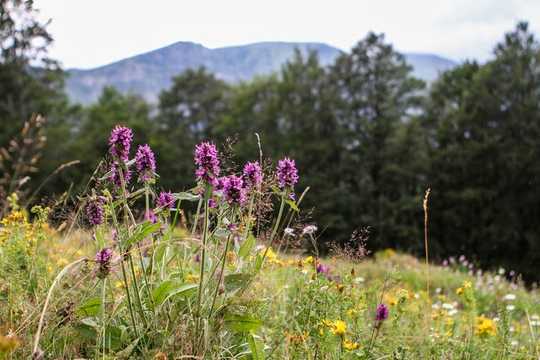 The pace at which biodiversity responds to forest loss can vary from a couple of years to several decades. Gergana Daskalova, Author provided
The pace at which biodiversity responds to forest loss can vary from a couple of years to several decades. Gergana Daskalova, Author provided
These delayed effects highlight how important it is to monitor plants and animals over decades. A single snapshot in time cannot detect the full extent of human impacts on biodiversity. With a longer perspective, we are better equipped to conserve Earth’s biodiversity not just now, but for decades to come.
By combining datasets from around the world, we can understand the state of the world’s forests and of the millions of plants and animals they support. Changes in the biodiversity matter because they directly affect the benefits that forests provide for people, such as clean air and a brake on climate change. With a better understanding of how forest loss influences biodiversity, we can improve future conservation and restoration efforts around the planet.![]()
About The Author
Maria Dornelas, Reader in Biology, University of St Andrews; Gergana Daskalova, PhD Candidate in Global Change Ecology, University of Edinburgh, and Isla Myers-Smith, Chancellor's Fellow in Global Change Ecology, University of Edinburgh
This article is republished from The Conversation under a Creative Commons license. Read the original article.
Books on The Environment from Amazon's Best Sellers list
"Silent Spring"
by Rachel Carson
This classic book is a landmark in the history of environmentalism, drawing attention to the harmful effects of pesticides and their impact on the natural world. Carson's work helped to inspire the modern environmental movement and remains relevant today, as we continue to grapple with the challenges of environmental health.
Click for more info or to order
"The Uninhabitable Earth: Life After Warming"
by David Wallace-Wells
In this book, David Wallace-Wells offers a stark warning about the devastating effects of climate change and the urgent need to address this global crisis. The book draws on scientific research and real-world examples to provide a sobering look at the future we face if we fail to take action.
Click for more info or to order
"The Hidden Life of Trees: What They Feel, How They Communicate?Discoveries from A Secret World"
by Peter Wohlleben
In this book, Peter Wohlleben explores the fascinating world of trees and their role in the ecosystem. The book draws on scientific research and Wohlleben's own experiences as a forester to offer insights into the complex ways that trees interact with one another and the natural world.
Click for more info or to order
"Our House Is on Fire: Scenes of a Family and a Planet in Crisis"
by Greta Thunberg, Svante Thunberg, and Malena Ernman
In this book, climate activist Greta Thunberg and her family offer a personal account of their journey to raise awareness about the urgent need to address climate change. The book provides a powerful and moving account of the challenges we face and the need for action.
Click for more info or to order
"The Sixth Extinction: An Unnatural History"
by Elizabeth Kolbert
In this book, Elizabeth Kolbert explores the ongoing mass extinction of species caused by human activity, drawing on scientific research and real-world examples to provide a sobering look at the impact of human activity on the natural world. The book offers a compelling call to action to protect the diversity of life on Earth.
Click for more info or to order






















